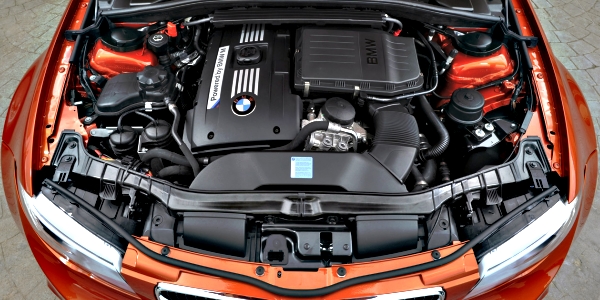DIY: Things You Need To Check Under the Hood
It’s important to check regularly what’s going on under the car’s bonnet. Checking the engine oil level, water in the radiator, and other fluids at-least once a month is a good practice. As they say, prevention is better than cure, doing these few checks can save you from extra expenses and maintenance costs. Here are a few things to check when you open the bonnet of your car:
Check Engine Oil Level:
The first thing you will want to check is the engine oil level of the car. It’s usually best to check this first thing in the morning, or 3-4 hours after parking the car, giving enough time for the engine oil to settle down. Make sure the car is parked on a flat surface and not on an incline. Pull out the oil dipstick, wipe it clean with a piece of cloth or towel. Place the oil dipstick back, wait for a couple of seconds and pull it off. Check if the level of oil is on minimum or maximum. Refer to the owner manual for more details on the level of engine oil that is ideal for your car. Most Oil dipsticks have two tiny holes which serve as oil level indicators. The hole towards the tip of the dipstick indicates minimum oil level while the second indicates maximum oil level. Ideally, the level of oil should be on the maximum. If the engine oil is short, you can always add some by opening the cap of the oil reservoir and pouring some oil into the engine. Make sure not to put too much of engine oil. If you are not sure on how much to add up, it’s probably best to take your car to the nearest service station.
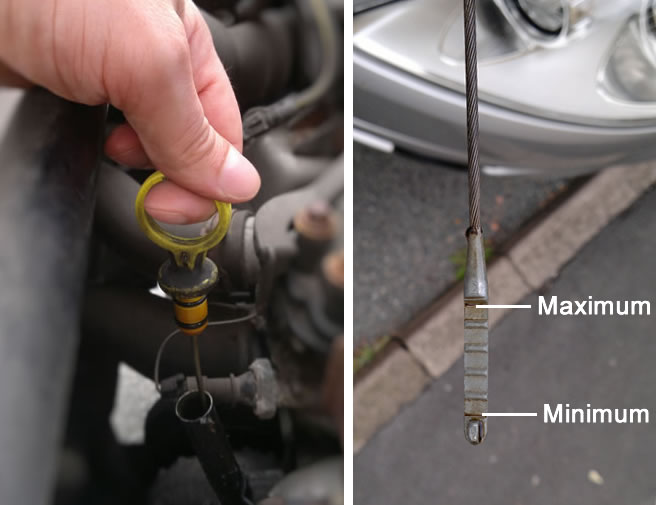
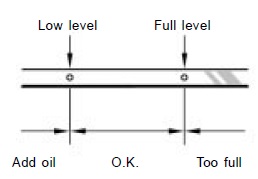
Check Radiator Water level:
The next thing you will want to check is the level of water in the radiator. Before checking, make sure the engine is cool. Do not open the cap on the radiator when the engine is hot, as you will be at risk of burning yourself with a hot burst of steam from the radiator. There is a plastic container near the radiator, which is the water reservoir. When checking the water in the radiator it is always better to check the reservoir first. In case the reservoir has water in it while the radiator doesn’t, indicate that there might be some blockage in between the pipe, connecting the reservoir to the radiator. If this is the case, get it checked by a mechanic. The reservoir has maximum and minimum levels indicated. Always add clean drinkable water to the radiator. It’s recommended to use 60% coolant and 40% water [Source: howstuffworks]. Always check for leaks in the radiator and the reservoir container.
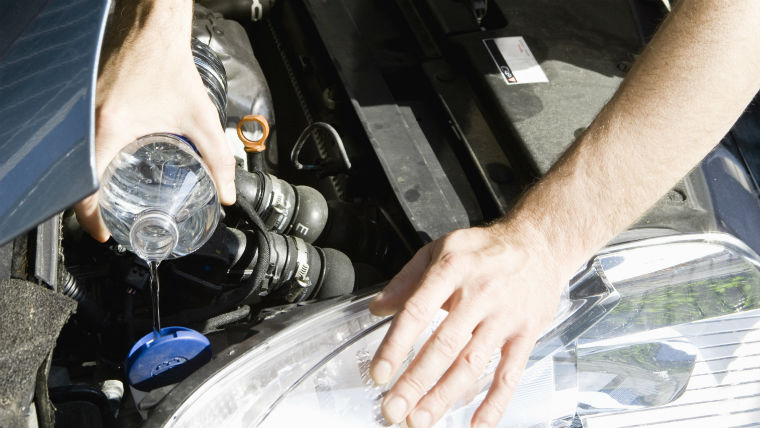
Check Windshield Washer Fluid:
Checking the windshield washer fluid is quite easy. There are minimum and maximum levels indicated in the reservoir. Always use clean water or washer fluids. Never use radiator coolants or other detergents to top up the windshield washer reservoir as this could damage the washers.
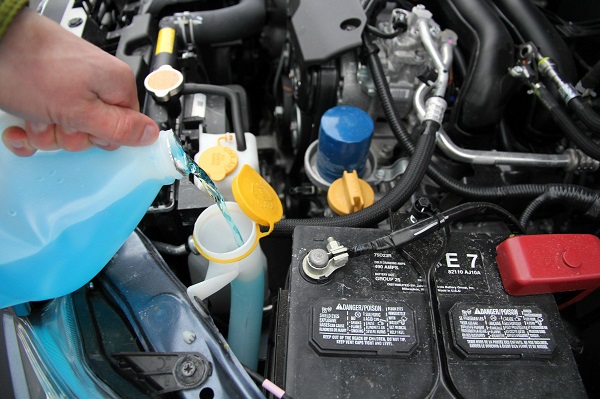
Check Clutch/Brake Fluid: It is important to check the clutch or brake fluid at least once a month. As the brakes and clutch are used, its fluid gets reduced. The brake fluid container normally has minimum and maximum levels, which indicate the level of the fluid. When checking the brake fluid, make sure to keep the fluid away from the paint of the car. Clutch and brake fluids are corrosive and can damage the paint as well as the skin. Always check for leaks and if the fluid reduces often, its best to get it checked by a mechanic.

Power Steering Fluid:
Almost all cars today come with electronic steering wheels and therefore have no steering fluid. But for older cars, the fluid container is located in the engine. Most power steering fluid container caps have a small stick attached to them, which indicates the ideal level of power steering oil. Be sure to check for leaks if the power steering fluid goes down too often. Also, if the power steering fluid is too black, you need to flush out the fluid and put some new one. Power steering fluids are reddish or pinkish in colour.
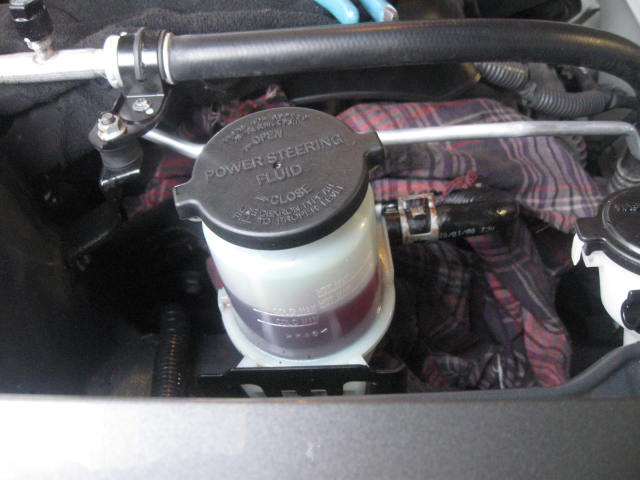
Battery Water Level:
Check the level of water in the battery, at least once in 3 weeks. Always add distilled water to a car’s battery. Lower and Upper levels are indicated on the side of a car battery. The image below represents the ideal level of water you need to put in a car battery.

These are a few checks you can always do by yourself. Always refer to your car’s owner manual for more details on the engine oil and fluids recommended for your car.

